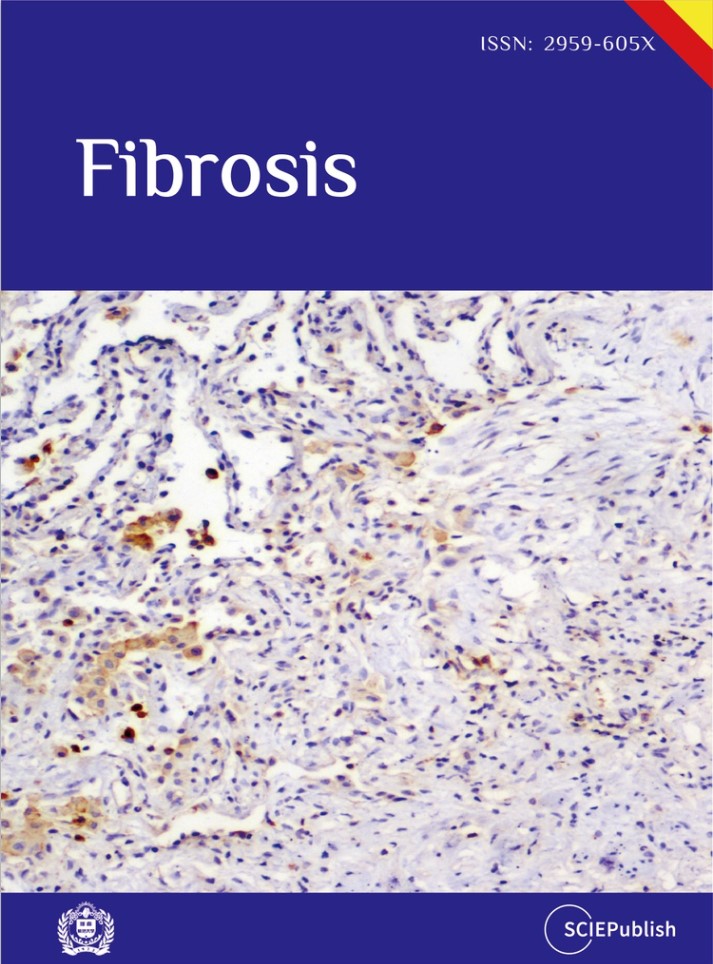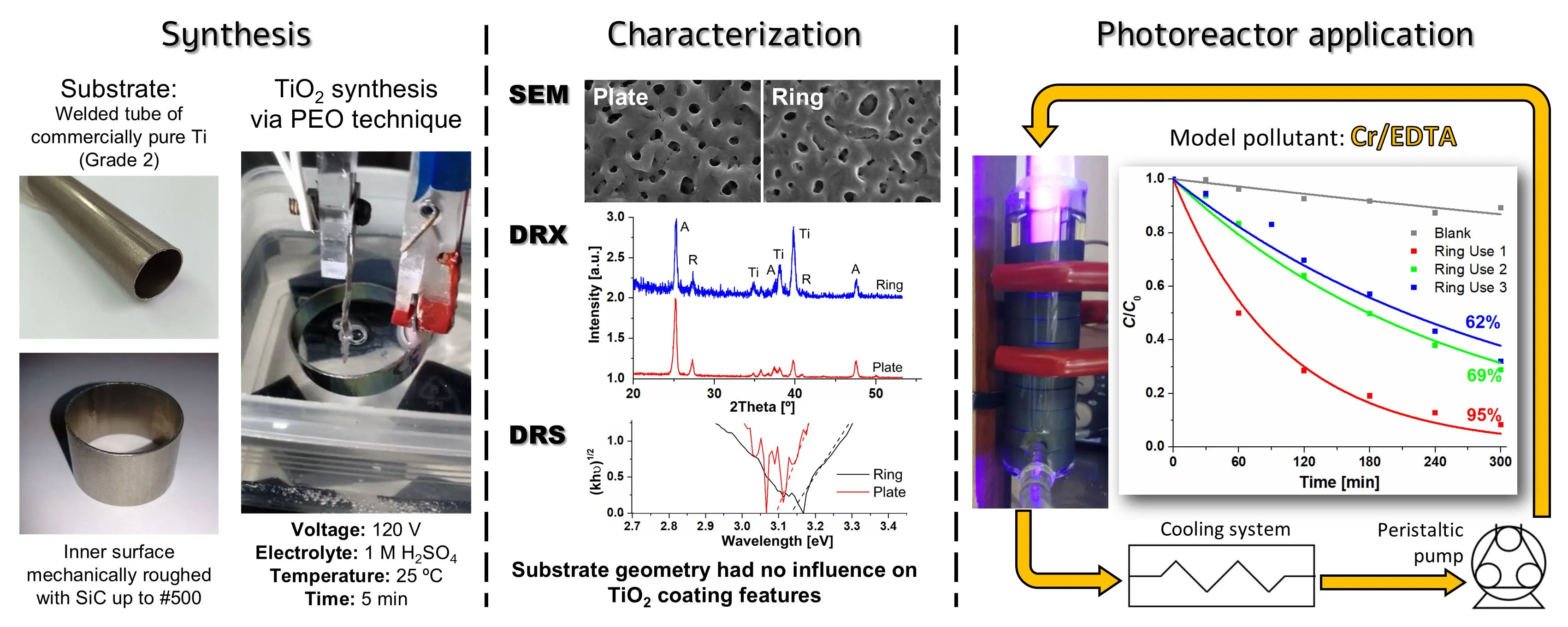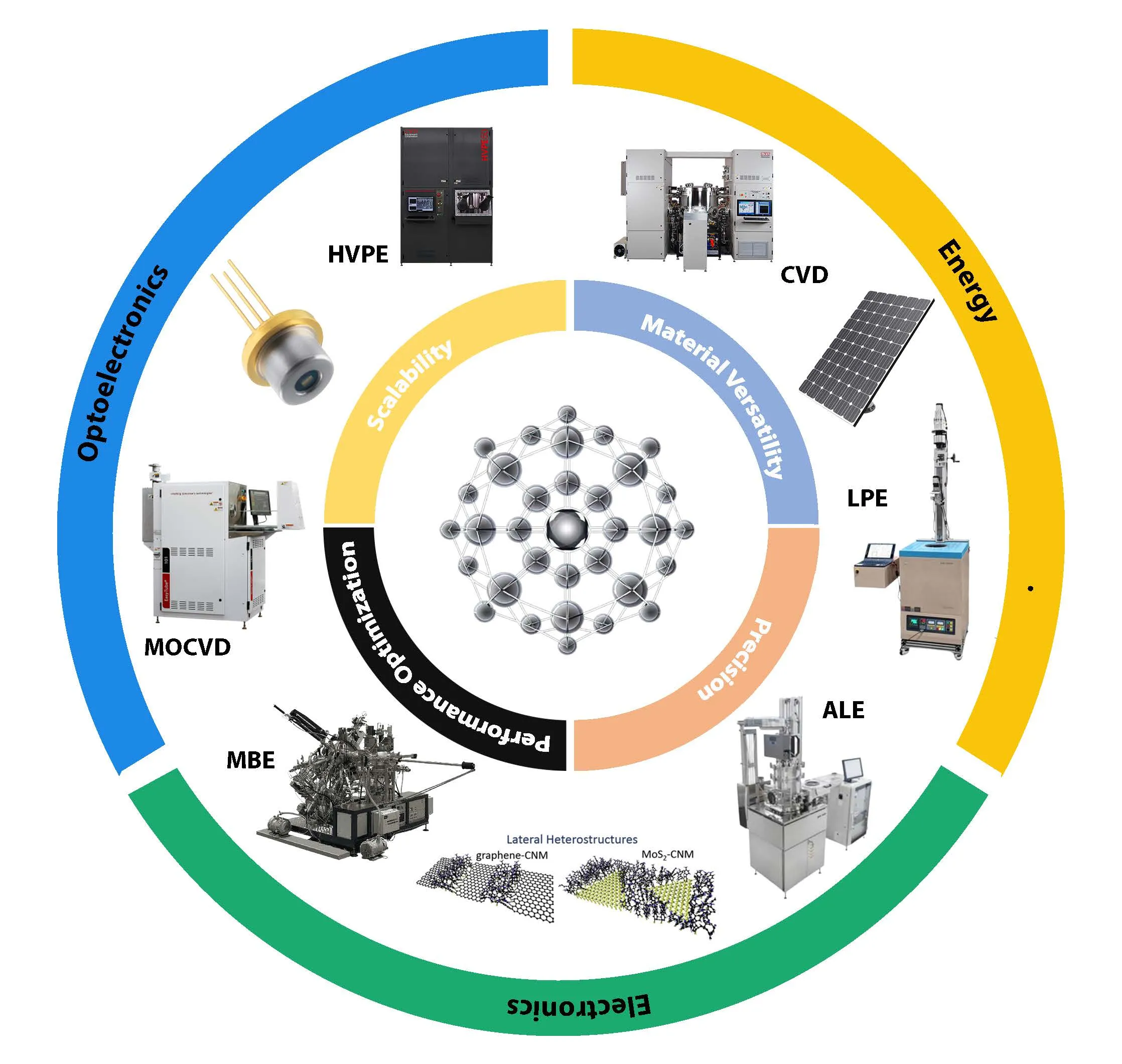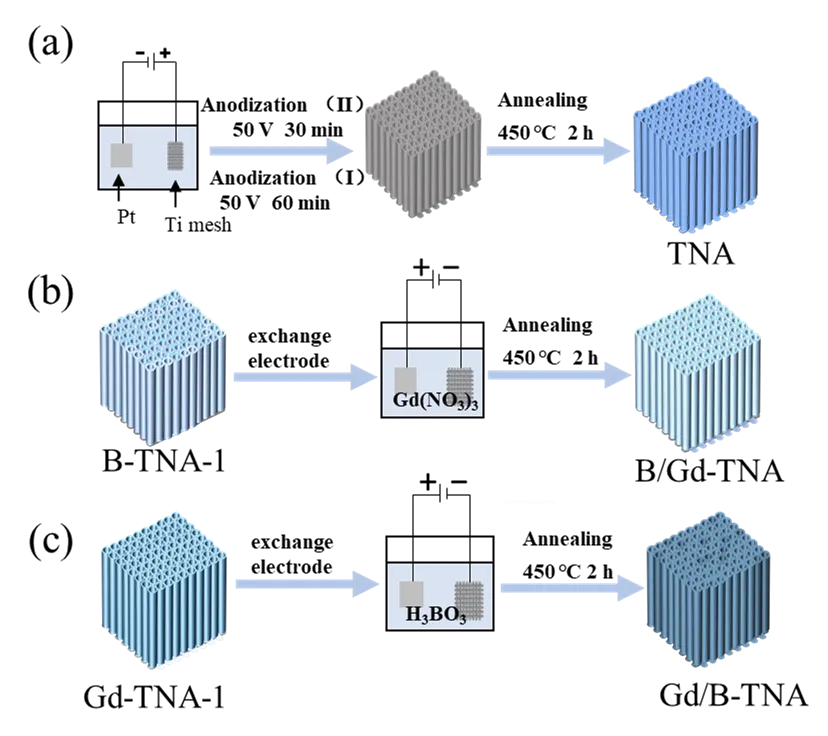Artiles
Open Access
Article
11 April 2025Virtual Spaces of Islamic Preaching: Digital Majelis Taklim and the Changing Role of Women in Indonesia
This study investigates the changing role of women in digital da’wah and the digital transformation of Majelis Taklim (Islamic study groups) in Indonesia. As digital platforms like YouTube, Instagram, WhatsApp, Telegram, and TikTok become more widely used, this study explores how women negotiate power, shape religious discourse, and interact with audiences online. The study employs a qualitative approach using digital ethnography and critical discourse analysis (CDA) to examine the interactions and narratives shaping women’s roles in digital da’wah. Data were collected through digital observations, in-depth interviews with female preachers (ustazah), moderators, and active participants, and content analysis of Majelis Taklim sessions on social media. The study applies Fairclough’s CDA to analyze power relations within religious discourse and Van Dijk’s Critical Discourse Studies (CDS) to examine how digital da’wah reconstructs female religious authority. The results reveal a shift in women’s roles from passive participants to active producers of religious discourse. While digitalization provides broader access and participation opportunities, female preachers still face challenges in establishing religious authority, particularly in male-dominated Islamic discourses. The study finds that key themes in women-led da’wah include Islamic parenting, hijrah (religious transformation), Islamic economy, and women’s roles in Islam. Digital platforms do provide female scholars more prominence, but they also perpetuate patriarchal interpretations of religious norms. By combining digital ethnography, critical discourse analysis, and religious studies, this work adds to the conversation on Islam, gender, and digital religious practices. It shows how digital media influences women’s involvement in da’wah by presenting opportunities and limitations. Unlike other studies concentrating on male religious authority in digital da’wah, this research offers a thorough, empirical, and theoretical examination of how women manage religious influence and legitimacy online. The findings have implications for developing inclusive, digital-based Islamic education and policymaking on religious discourse in the digital era.

Open Access
Article
08 April 2025Research on the Logic of Mobile Governance from the Perspective of Path Dependency: A Case Study of the Implementation of the “Coal-to-Gas” Policy in Rural Areas of Handan
Mobile governance, a commonly used governance approach in China, has always been controversial. Behind the persistence of mobile governance lies the underlying governance logic. This paper takes the implementation of the “coal-to-gas” policy in rural areas of Handan as a case study to analyze the path-dependent logic inherent in mobile governance. The paper argues that mobile governance’s selection path embodies path dependency characteristics, including three paths: conformist path dependency, policy-based path dependency, and demand-based path dependency. Mobile governance can be regulated through three paths: formulating a comprehensive list of rights and responsibilities for grassroots governance, the provincial government enacting relevant regulations to standardize the grassroots governance process, and vigorously developing e-government and digital government technologies to enhance the rule of law and standardization in grassroots governance.

Open Access
Article
07 April 2025Evaluating a Motion-Based Region Proposal Approach with Background Subtraction Methods for Small Drone Detection
The detection of drones in complex and dynamic environments poses significant challenges due to their small size and background clutter. This study aims to address these challenges by developing a motion-based pipeline that integrates background subtraction and deep learning-based classification to detect drones in video sequences. Two background subtraction methods, Mixture of Gaussians 2 (MOG2) and Visual Background Extractor (ViBe), are assessed to isolate potential drone regions in highly complex and dynamic backgrounds. These regions are then classified using the ResNet18 architecture. The Drone-vs-Bird dataset is utilized to test the algorithm, focusing on distinguishing drones from other dynamic objects such as birds, trees, and clouds. By leveraging motion-based information, the method enhances the drone detection process by reducing computational demands. Results show that ViBe achieves a recall of 0.956 and a precision of 0.078, while MOG2 achieves a recall of 0.857 and a precision of 0.034, highlighting the comparative advantages of ViBe in detecting small drones in challenging scenarios. These findings demonstrate the robustness of the proposed pipeline and its potential contribution to enhancing surveillance and security measures.

Open Access
Letter
07 April 2025
Open Access
Article
03 April 2025Design, Building and Performance of a New Photocatalytic Reactor Using TiO2-Coated Rings Synthesized by Plasma Electrolytic Oxidation
An annular UV photocatalytic reactor with recirculation in batch was designed and built. The design considered low construction, simple operation and maintenance costs, availability and durability of the materials used, easy cleaning, and high standards of hygiene and safety. The TiO2 photocatalysts were synthesized by plasma electrolytic oxidation (PEO) on commercial Ti rings were compared with coatings obtained on Ti plates as a reference, and no influence of the substrate geometry on the morphology, crystallinity, or bandgap of the coatings was observed. The efficiency of the photocatalytic reactor using 10 TiO2-coated rings was tested by Cr(VI) transformation in the presence of EDTA. The Cr(VI) transformation after 5 h irradiation attained 95%; a rather high photocatalytic activity (62%) was maintained after the third use of the rings without reactivation of the photocatalyst. These coatings synthesized by PEO have not been applied in modular photocatalytic reactors until now.

Open Access
Review
02 April 2025Wide-Bandgap Semiconductors: A Critical Analysis of GaN, SiC, AlGaN, Diamond, and Ga2O3 Synthesis Methods, Challenges, and Prospective Technological Innovations
The increasing demand for high-performance Wide-Bandgap (WBG) semiconductors, including GaN, SiC, and emerging Ultrawide-Bandgap (UWBG) materials such as Ga2O3 and diamond, has driven significant advancements in epitaxial growth techniques. However, achieving scalability, defect-free growth, and sustainability remains a major challenge. This review systematically evaluates Molecular Beam Epitaxy (MBE), Metal-Organic Chemical Vapor Deposition (MOCVD), Hydride Vapor Phase Epitaxy (HVPE), and other novel growth and hybrid growth techniques, emphasizing energy efficiency, defect control, and environmental impact. Industry 4.0-driven AI-based process optimization and closed-loop recycling have emerged as transformative strategies, reducing waste and improving manufacturing efficiency. Key findings reveal that HVPE enables rapid defect-free GaN fabrication, Hot-Filament CVD enhances SiC growth with superior thermal properties, and Atomic Layer Epitaxy (ALE) achieves sub-nanometer precision crucial for next-generation quantum and RF applications. Despite these advancements, p-type doping in UWBG materials, substrate compatibility, and thermal management remain unresolved challenges. Future research must focus on scalable eco-friendly epitaxy, novel doping mechanisms, and policy-driven sustainability efforts. This review provides a comprehensive roadmap for sustainable WBG semiconductor manufacturing, bridging materials innovation, energy efficiency, and industrial adoption to support the next generation of power electronics and optoelectronics.

Open Access
Article
02 April 2025On Hidden Mathematics in the Artwork of the Indigenous People of Brazil
Using examples from indigenous art in Brazil, this paper demonstrates that these works contain “hidden mathematics” (such as symmetry, striped ornaments, rows, etc.), which challenges the traditional notion of “primitive art”.

Open Access
Article
01 April 2025B, Gd Co-Doped TiO2 Nanotube Arrays for Efficient Degradation of Gaseous Toluene under Visible Light Irradiation
Although photocatalytic degradation of VOCs has attracted widespread attention, the efficient visible-light-driven photocatalytic degradation performance remains a challenge. This work presents the visible-light-driven photocatalytic degradation of gaseous toluene over B, Gd co-doped TiO2 nanotube arrays prepared via a controllable electrochemistry method. It was found that B and Gd co-doping strategy not only enhances the visible light responsiveness of TiO2 nanotube arrays but also introduces moderate oxygen vacancies on the surface of TiO2, which is beneficial to the formation of free hydroxyl radicals and their attack on toluene molecules. The doping order also affects the photocatalytic performance. The optimized sample achieves an enhanced degradation efficiency for toluene under visible light irradiation and exhibits considerable stability. This work may provide an efficient TiO2-based photocatalyst for the removal of volatile organic compounds for air purification and give an understanding of the mechanism of photocatalytic degradation of toluene over co-doping TiO2.

Open Access
Review
01 April 2025Sustainable Manufacturing and Applications of Wide-Bandgap Semiconductors—A Review
Wide-bandgap (WBG) semiconductors such as silicon carbide (SiC) and gallium nitride (GaN) are revolutionizing high-power electronics due to their superior thermal conductivity, breakdown voltage, and energy efficiency. These materials are critical in electric vehicles, renewable energy systems, and high-frequency applications like 5G infrastructure. However, their production processes are resource-intensive and present significant environmental challenges. This review evaluates recent advancements in sustainable WBG semiconductor manufacturing, focusing on low-energy epitaxial growth, closed-loop recycling, and the mitigation of toxic by-products. Additionally, it highlights the role of Industry 4.0 innovations, such as AI-driven process optimization and IoT-based resource management, in enhancing sustainability. The review identifies research gaps in cost reduction, alternative WBG materials like Gallium Oxide (Ga2O3) and Diamond, and scalable green manufacturing solutions. It underscores the necessity for industry-wide collaboration and regulatory frameworks to drive the adoption of eco-friendly semiconductor fabrication. The findings of this study provide a roadmap for advancing sustainability in WBG semiconductor production, ensuring their long-term viability in the transition toward energy-efficient technologies.

